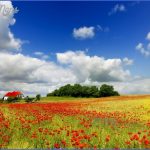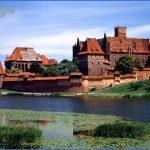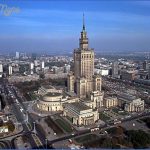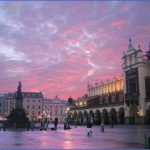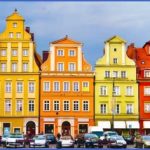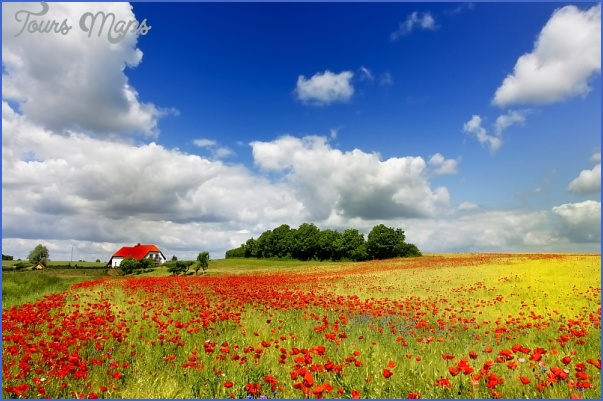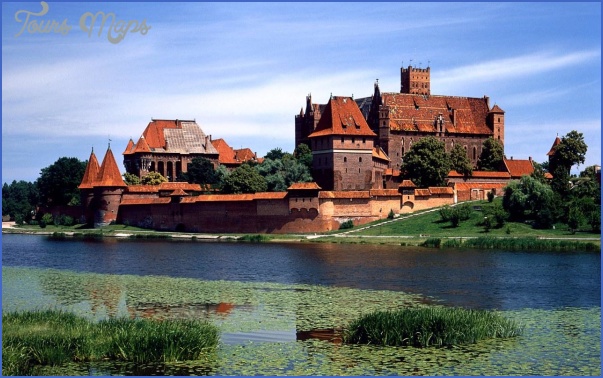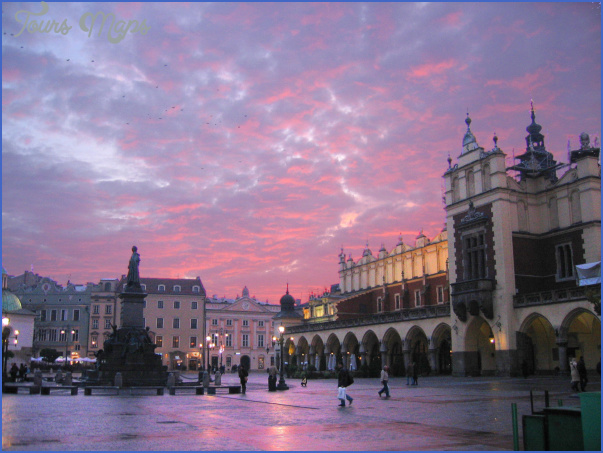EASTERN EUROPE AND THE USSR
Variously defined, Eastern Europe as the term is used here consists of seven states: Poland, the largest; Czechoslovakia and Hungary, both landlocked; Romania and Bulgaria, bordering the Black Sea; and Yugoslavia and Albania, political independents with borders on the Adriatic Sea (see Figure 6.1). Boundaries of these Eastern European countries have shifted over time as wars and treaties have reallocated them. The term Balkanization refers to this reputation for dividing the region into small, quarrelsome, ineffectual states. Today all except Yugoslavia and Albania are well within the Soviet bloc, each with more or less reluctance. Albania, communist like the others, prefers its own brand of communism, different from that of the Russians and Chinese. Albania is one of the very few countries in the world that does not want visitors. Yugoslavia, its next-door neighbor, has avidly sought visitors by building a series of large resort hotels.
Interestingly, the Soviet bloc countries want noncommunist visitors, those with hard currency not tied to the Eastern Europe bloc. Strict restrictions have been placed on exports of food and consumer goods to prevent shopping raids by their neighbors. Hungary placed a limit on the number of East German visitors.
POLAND
In the past, Poland has received up to ten million visitors a year, mostly from communist neighboring countries. Orbis, the official Polish Travel Agency, owns and operates the major hotels.
Americans usually fly to Poland and land at Warsaw, the capital, sometimes using LOT, the Polish Airline, out of New York City. In 1979 Americans totaling close to sixty thousand visited the country. Probably much of this travel was ethnic. Superhighways enter the country from East Germany on the west, Czechoslovakia on the south, the Soviet Union on the east. The Polish State Railway, P.K.P., offers first- and second-class accommodations. Bus routes complement the railroad. Car ferries run across the Baltic Sea, from Swinoujscie to Ystad, Sweden. Other ferries connect Gdansk with Stockholm, Sweden, and with Helsinki, Finland.
Poland has more bodies of water than any European country except Finland. Most are found east of the Baltic coast. Central Poland is the heartland farming area that also has the Vistula River. Warsaw, the capital (1.35 million), lies in this region and sits on the banks of the Wista River.
The Baltic coast has over three hundred miles of sandy beach offering resorts, health spas, and little fishing villages. Water temperature in the Baltic during the summer is surprisingly warm, about seventy-two degrees.
The two principal destinations for Americans are Warsaw and Cracow (populations 600,000). Cracow (Krakow in Polish) is steeped in Polish history and was Poland’s capital between the eleventh and seventeenth centuries. Its university is the second oldest in Europe and the city is a center for the Catholic church. The Vistula River runs through the city. Stalin gave Warsaw its cultural palace, a thirty-seven-story building housing theaters, cinemas, restaurants and cafes, museums, exhibition galleries, a swimming pool, and a three-thousand-seat congress hall.
Poland, about the size of New Mexico, has uncrowded highways and gas stations are located about every twelve miles on the major roads. Touring areas include the Baltic Coast, Central Poland, the Lake District, Mountain Regions, and Silesia. Besides Warsaw, other major cities are Lodz, Wroclaw, and Poznan.
Polish food resembles that of the rest of Eastern Europe, with an emphasis on soups, a plentiful hand with sour cream, cabbage and beetroot, stewed fruit, fish from the Baltic Sea, a variety of pancakes and dumplings. Dill, marjoram, caraway seeds are favored herbs. Wild mushrooms are eaten in a number of ways. Like the Russians, the Poles drink vodka, plain or flavored (and often).
Poland Photo Gallery
Maybe You Like Them Too
- Explore Angleton, Texas with this detailed map
- Explore Blavozy, France with this detailed map
- Explore East Lindfield, Australia with this detailed map
- Explore Bonferraro, Italy with this detailed map
- Explore Doncaster, United Kingdom with this detailed map

